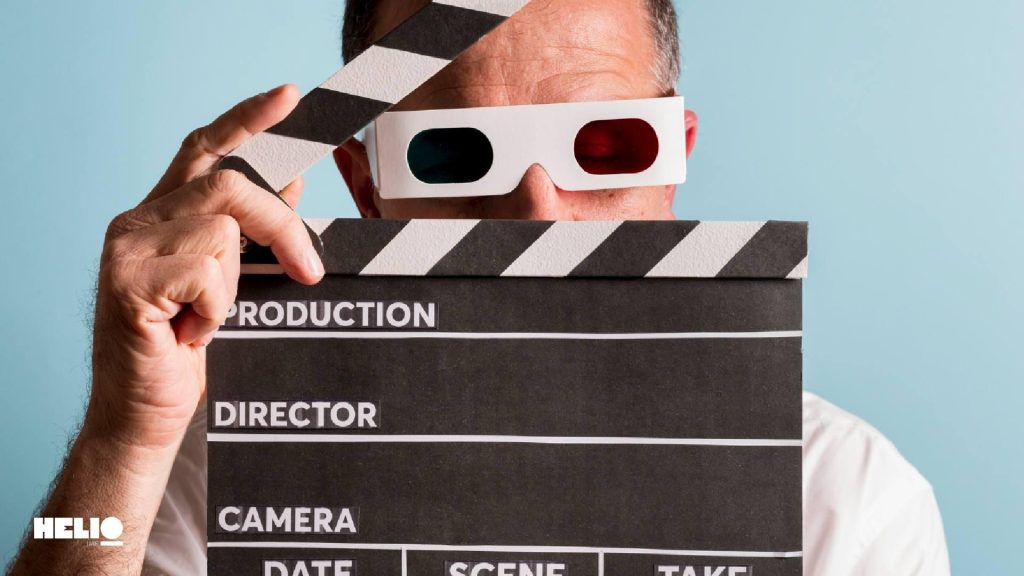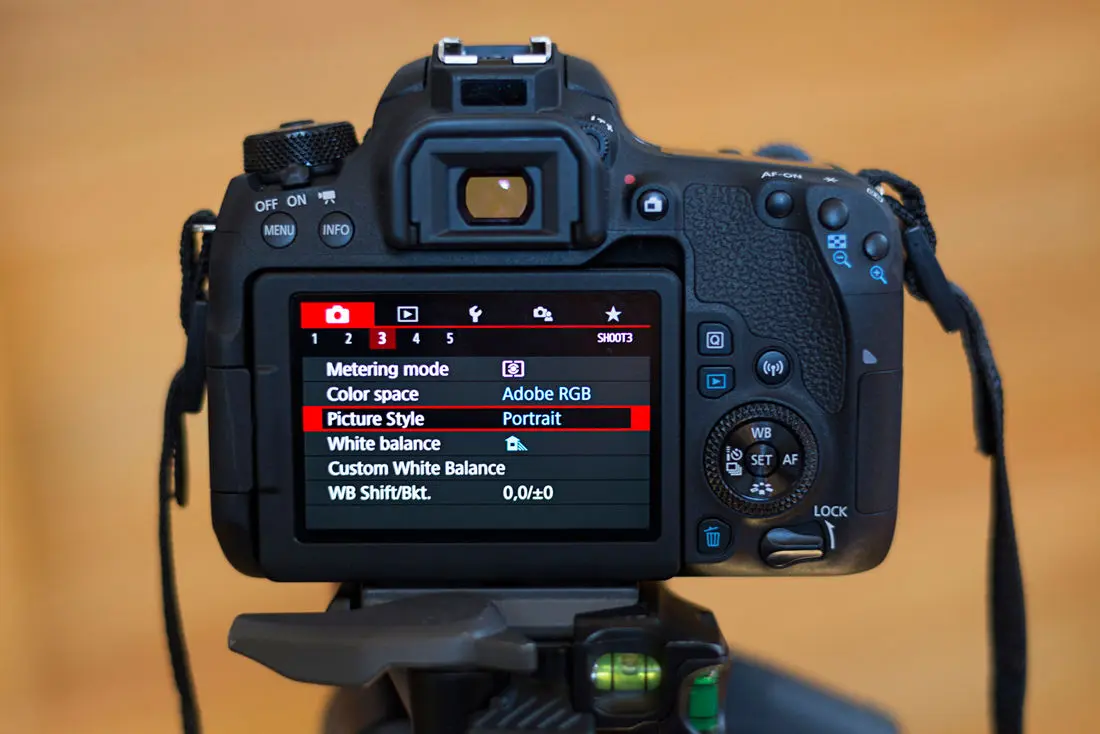The spotlight often shines on the finished product—a captivating movie that transports us to new worlds, introduces unforgettable characters, and tells compelling stories. But before the magic of cinema can unfold on screen, an essential process occurs behind the scenes. This process is known as pre-production, and at its heart lies the critical stage of concept development. For content creators, filmmakers, and creative agencies, understanding the importance of concept development in pre-production can be the key to achieving success. Be with Helio advertising company in this blog post and learn more about concept development.
What is Pre-Production in Film?
Before any cameras roll or actors deliver their lines, pre-production meticulously prepares the groundwork for a film. This phase involves steps that set the stage for the actual filming and post-production work. Pre-production encompasses casting actors, scouting locations, securing permits, and planning the shooting schedule. It’s akin to preparing a blueprint for building construction; the process can quickly become smooth with a solid plan.
During pre-production, teams work collaboratively to ensure that every detail is accounted for, from costumes and props to lighting and sound design. This stage is crucial because it minimizes potential pitfalls and prepares everyone involved for a smooth production process. It’s where the vision for the film truly takes shape, setting the tone for what will eventually be seen on screen.
Importance of Concept Development in Pre-Production
At the core of pre-production lies concept development—a stage that shapes the very essence of the film. Concept development is where ideas are born, nurtured, and refined into a cohesive narrative that can captivate audiences. Why is concept development important? Because it serves as the foundation upon which the entire production rests.
Without a well-defined concept, a film can lack direction, leaving the cast and crew uncertain about their roles. Concept development ensures everyone is aligned with the overarching vision, allowing seamless collaboration. It also provides filmmakers with a clear roadmap, guiding creative decisions and helping them stay true to their original intentions throughout the production process.
Generating Ideas
The first step in concept development is generating ideas—those sparks of creativity that ignite the storytelling process. But how do filmmakers and content creators develop fresh, engaging concepts?

Draw Inspiration from Your Own Life
Personal experiences can serve as a rich source of inspiration. By tapping into emotions, challenges, and triumphs from their lives, filmmakers can create authentic stories that resonate with audiences. Whether it’s a childhood memory, a life-changing event, or a simple interaction, personal experiences can infuse depth and relatability into a film’s narrative.
Look to Other Media
Books, art, music, and other films can provide a treasure trove of ideas. Exploring different forms of media allows filmmakers to see how stories are crafted and presented, sparking new concepts and approaches. By analyzing what captivates them about other works, creators can identify themes, styles, and techniques that they may want to incorporate into their own projects.
Brainstorm with a Group
Collaboration is a powerful tool in idea generation. Bringing together a group of creative minds can lead to dynamic brainstorming sessions where ideas bounce off one another, evolving and developing unexpectedly. The synergy of diverse perspectives can lead to innovative concepts emerging in collaboration.
Keep a Notebook
Ideas can strike at any moment; having a dedicated notebook or digital document to jot them down is invaluable. This habit ensures that every idea is preserved, and creators can revisit and expand upon their thoughts as they continue to develop their concepts.
Structuring a Story
Once a concept is formed, the next step is structuring it into a compelling story. A well-structured narrative guides the audience through a cohesive experience, often divided into three acts.
The Setup
The first act sets the stage for the story. It introduces the main characters, establishes the setting, and presents the central conflict or premise. This act lays the groundwork for the audience’s understanding of the narrative world and draws them in, investing them in what unfolds.
The Confrontation
The second act is where tension builds, and complications arise. Characters face obstacles and challenges, leading to growth and development. This act keeps the audience engaged by introducing twists and turns that propel the story forward. The audience’s curiosity is piqued as they wonder how the characters will overcome the hurdles in their path.
The Resolution
In the final act, the story reaches its climax and resolution. Conflicts are resolved, and loose ends are tied up. This act provides closure to the narrative while leaving a lasting impact on the audience. A satisfying resolution reinforces the themes and messages explored throughout the film.

Bringing Your Concept and Story to Life
With a well-structured story, the next step is to transform it into a tangible project. This involves creating detailed elements that guide the production process.
Hiring a creative video production company dubai can help you give life to your innovative ideas.
Write a Script
The script serves as the blueprint for the entire film. It includes dialogue, scene descriptions, and instructions for actors and crew. A well-crafted script provides clarity and direction, ensuring that everyone involved understands the artistic and technical aspects of the production.
Create a Storyboard
A storyboard visually represents each scene, illustrating how the film will unfold on screen. Storyboards help
directors plan camera angles, shot compositions, and transitions. They serve as a visual reference for the team, facilitating seamless communication and alignment on the visual style and pacing.

Get Help from Helio’s Production House
Partnering with a production house like Helio can be invaluable for filmmakers seeking expert guidance. Helio offers a wealth of experience and resources to bring concepts to life, ensuring that every aspect of the production aligns with the creator’s vision. From pre-production planning to post-production refinements, Helio’s team can provide the support needed to create high-quality content that resonates with audiences. Know more About Us and for a personalized consultation, Contact Us today.
Helio is an innovative advertising agency in dubai, and its expertise is not limited to the scope of video production. Our team provides professional services that can answer your needs and take your business to the next level:
- Helio digital marketing agency in dubai
- helio graphic design studio dubai
- Helio video production
- helio architecture company
FAQ
What is the primary purpose of the concept development stage?
The primary purpose of the concept development stage is to define and refine the film's core idea. This involves generating concepts, structuring the narrative, and creating a clear vision guiding the production process. Concept development ensures that everyone involved is aligned
What is the concept in pre-production?
In pre-production, the concept refers to the foundational idea or story that serves as the basis for the film. It encompasses the central theme, plot, characters, and tone. A well-defined concept provides a clear framework for creative decisions and helps shape the project's overall direction.
Why is concept development important?
Concept development is crucial because it lays the groundwork for a successful film. It provides a clear vision, aligns the creative team, and guides decision-making throughout pre-production and beyond. A strong concept ensures that the film remains focused, engaging, and impactful, resonating with audiences and achieving its intended message.





